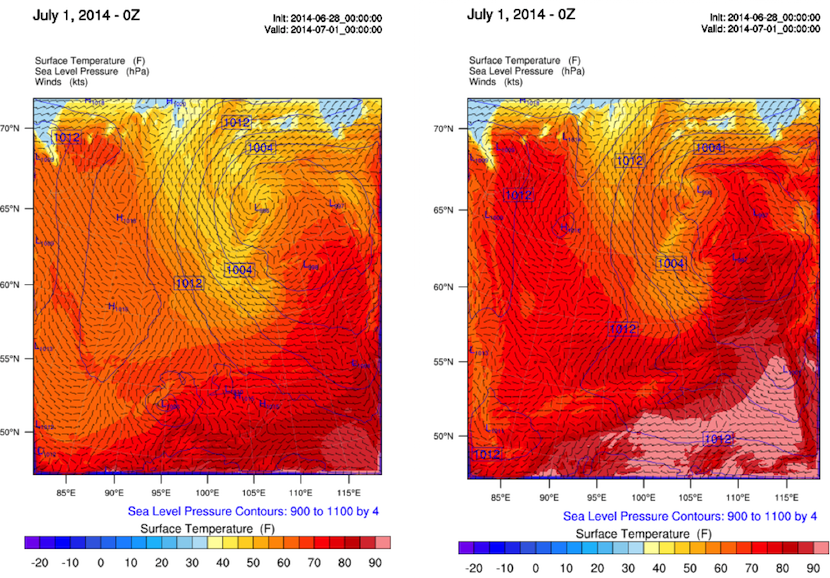Friday March 31 CSL Meeting
Mar 29, 2017 - CSL

Dan Vecellio
Response of the Atmospheric Boundary Layer and Synoptic-Scale Circulation to Varying Permafrost Conditions in Eurasia Using WRF
Presenter: Daniel Vecellio
Time: Friday 31 March, 2:00-3:00 p.m.
Location: 805 O&M
Abstract: The interactions between the surface and atmosphere in permafrost regions are complex and vary seasonally based on the state and depth of the active layer. Differences are evident between permafrost regions and previous studies have found significant increases in moisture feedbacks in areas of continuous Eurasian permafrost, but no such relationship in other regions. This study seeks to examine the mechanisms that drive potential land-atmosphere feedbacks in Eurasian permafrost regions using a coupled model. The Weather Research and Forecasting (WRF) model version 3.7.1 is used to determine the effect of idealized, horizontally-homogeneous permafrost ground conditions on synoptically-active and quiescent scenarios. For two separate seventy-two hour periods, surface fluxes in the boundary layer and mesoscale-to-synoptic circulation changes were detected when comparing the two experiments: one with a saturated active layer over continuous permafrost, and another with a drier surface layer over discontinuous permafrost. Initial results show that external synoptic forcing may be more influenced by the idealized ground changes implemented. Finer resolution runs must be conducted in the future to understand energy transfer processes in a clearer manner.
 Surface pressure, temperature, and winds at the end of 72-hour model runs over idealized a) continuous and b) discontinuous permafrost land types.
Surface pressure, temperature, and winds at the end of 72-hour model runs over idealized a) continuous and b) discontinuous permafrost land types.